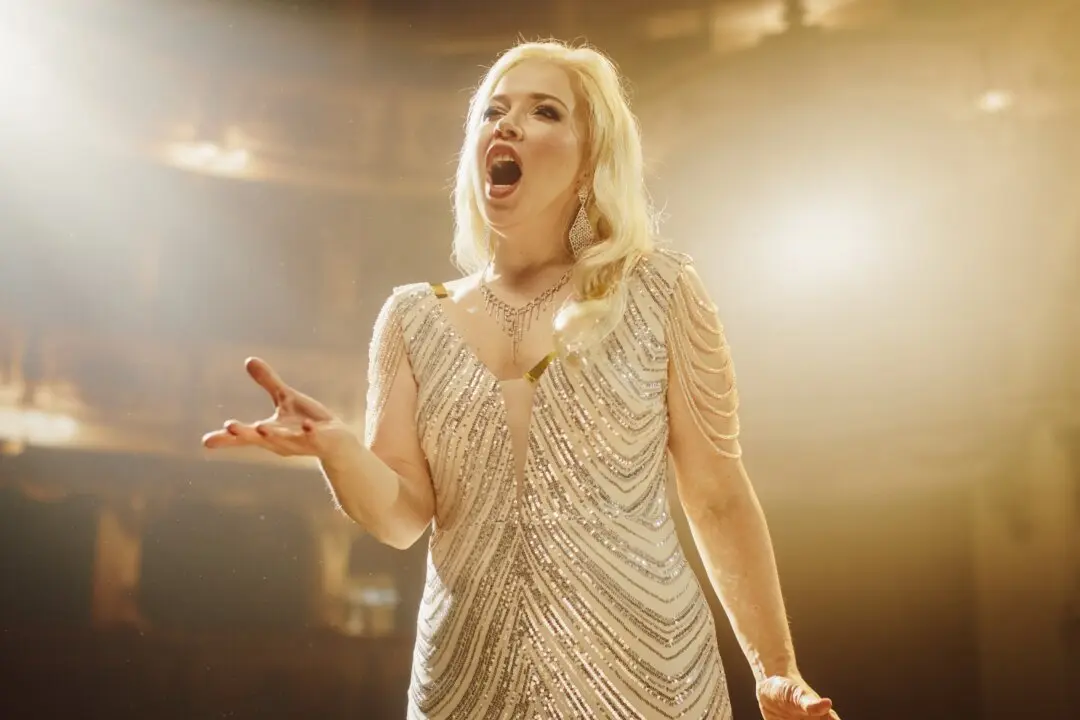One of the most popular Christmas stories of all time is “A Christmas Carol” by Charles Dickens. Although written in 1843, this holiday tale is just as beloved today as it was in the Victorian Era. It’s believed that this book started the tradition of saying “Merry Christmas.” This Yuletide tale reminds people to embrace generosity, lest they end up like the miserly Scrooge.
This story’s reach goes far beyond the original book. It has been adapted into countless film and stage productions. Everyone from Mickey Mouse to the Muppets have put their own spin on the tale. This MGM production incorporates the wholesomeness and family values one would expect of an American movie from Hollywood’s Golden Era.





